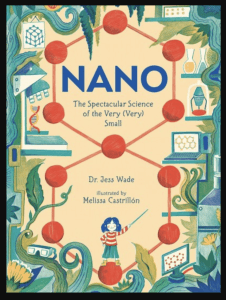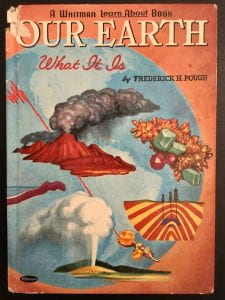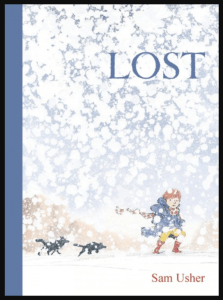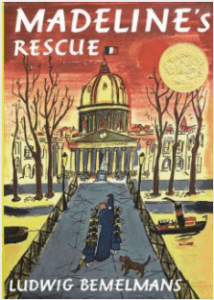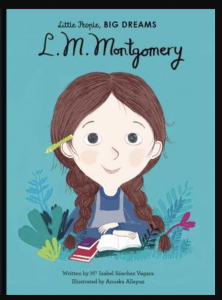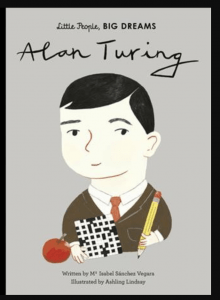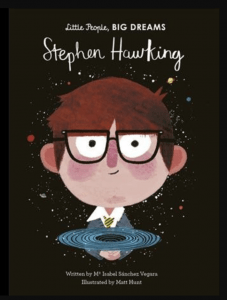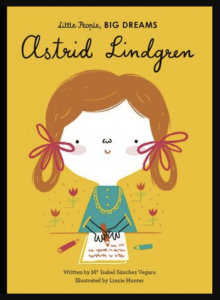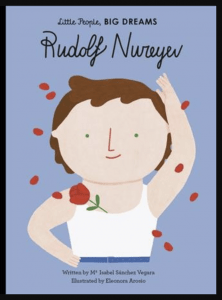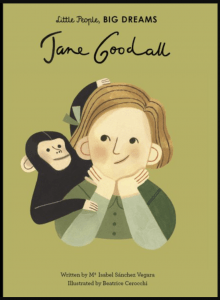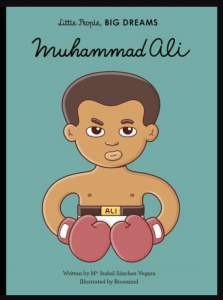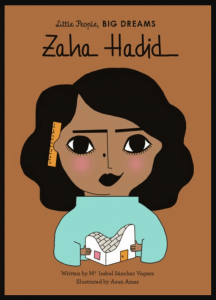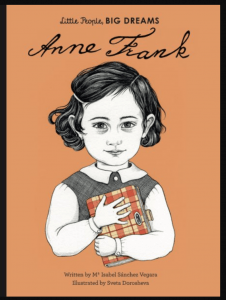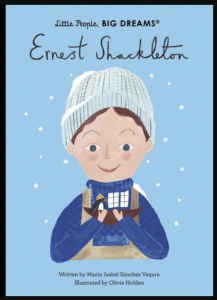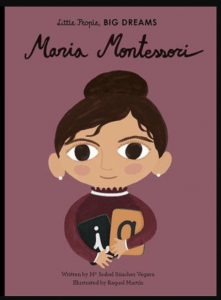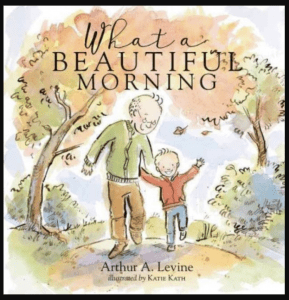Lushchevska, Oksana. Quiet Night, My Astronaut: The First Days (And Nights) of the War in Ukraine. Ann Arbor, MI: Tilbury House Publishers, 2024.
Russia invaded Ukraine three years ago, on February 24, 2022. In this picture book – illustrated by Ukrainian artist Kateryna Stepanishcheva – a young girl describes what life is like during the first 10 days of the war. “Church bells are ringing, sirens are screaming, bombs are exploding.” Her father is sent off to defend the country while she and her mother, along with her little dog and her astronaut doll, struggle to survive. This is a modern war: she exchanges texts with her cousin and her father, makes posters to share on social media, and reads about fundraising efforts online. But this is also a war like all others: destruction surrounds them as they flee. Accompanied by a note from the Ukrainian author – who now lives in the U.S. – and a list of discussion questions, this picture book is highly recommended for readers 7 to 12 years old.
“What is darkness to us if we have a candle of faith in the heart?”

